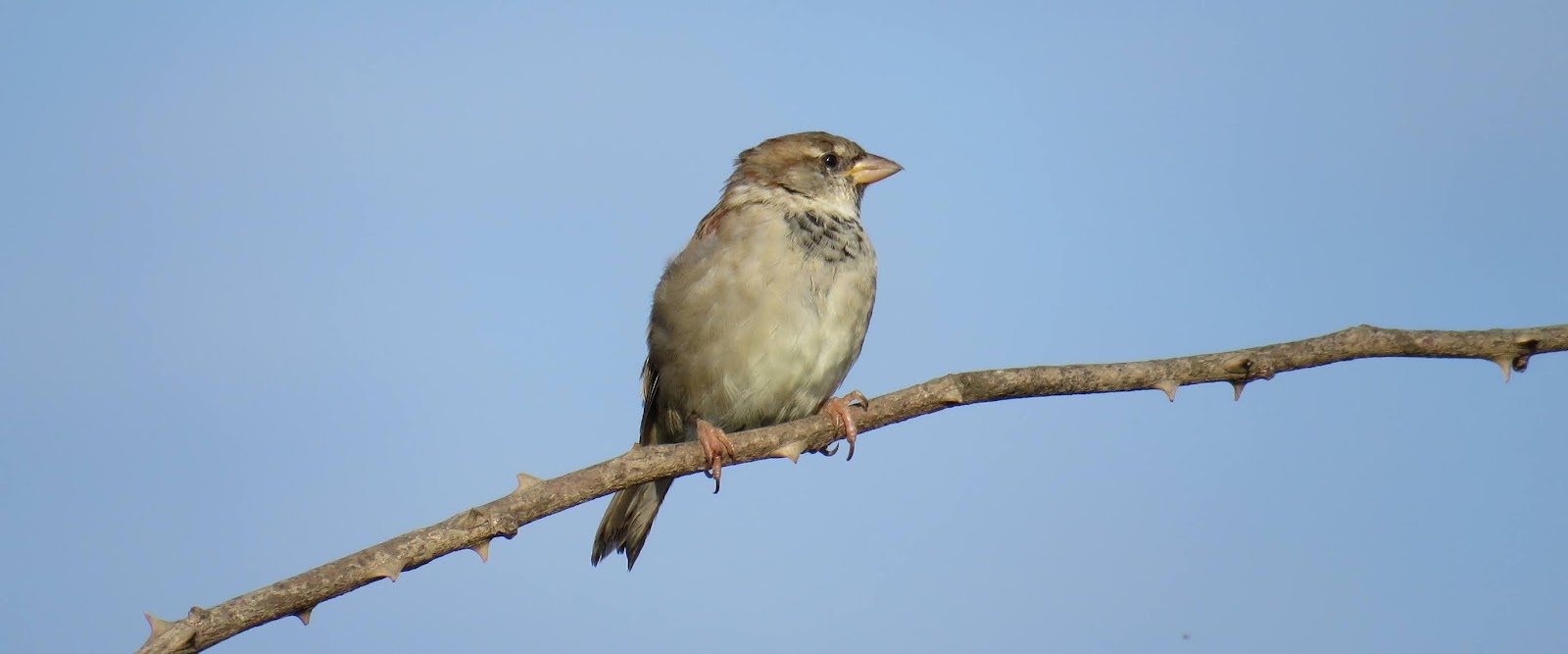Stuff to do

I've been out and about solidly over the last couple of weeks, but have found very little to blog about. Locally the birding has been quiet, although Mogador did produce an Osprey and a Merlin, so maybe the use of the word 'quiet' is not well chosen. My love of observing birds visibly migrating is usually being taken care of by late-September, but the skies have remained stubbornly empty, give or take the odd pipit and hirundine. Maybe the dam is about to burst... I have a number of projects on the go or in the offing. First up is one for 2022 - an 'on-foot' search for, and recording of, all plant species found and identified within 4-miles from home. I chose that distance as it is about an hour's walk, although any botanists reading this will know that it can take an hour to walk 100 yards if the flora is there to see. The map below gives you (and me) some idea of where I'll be searching. Expect plenty of suburban wandering seeking out those aliens that hav...






